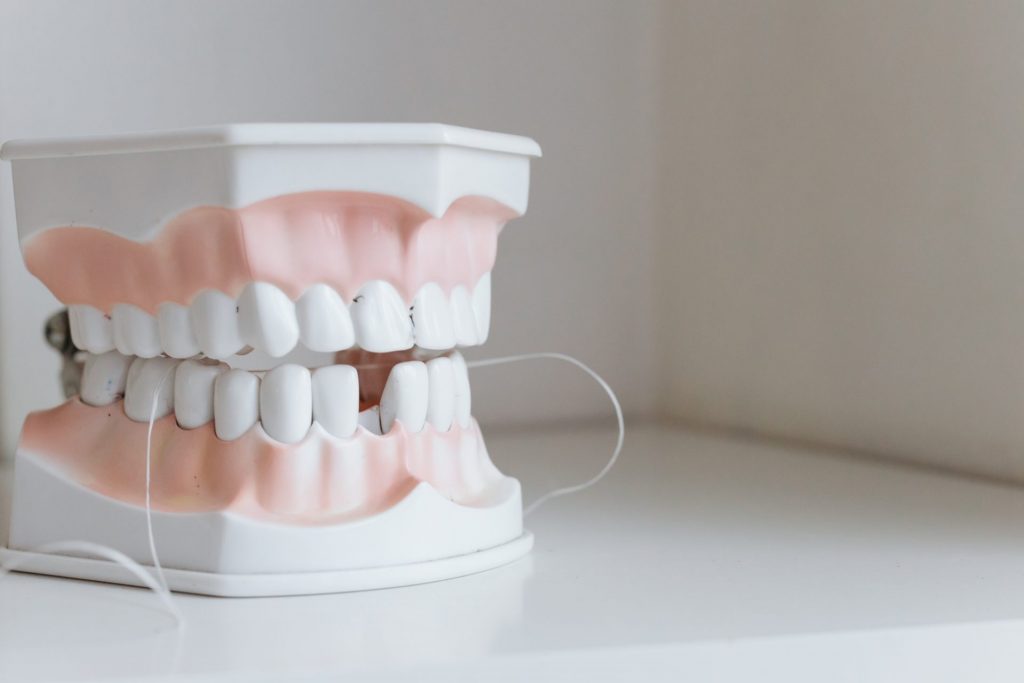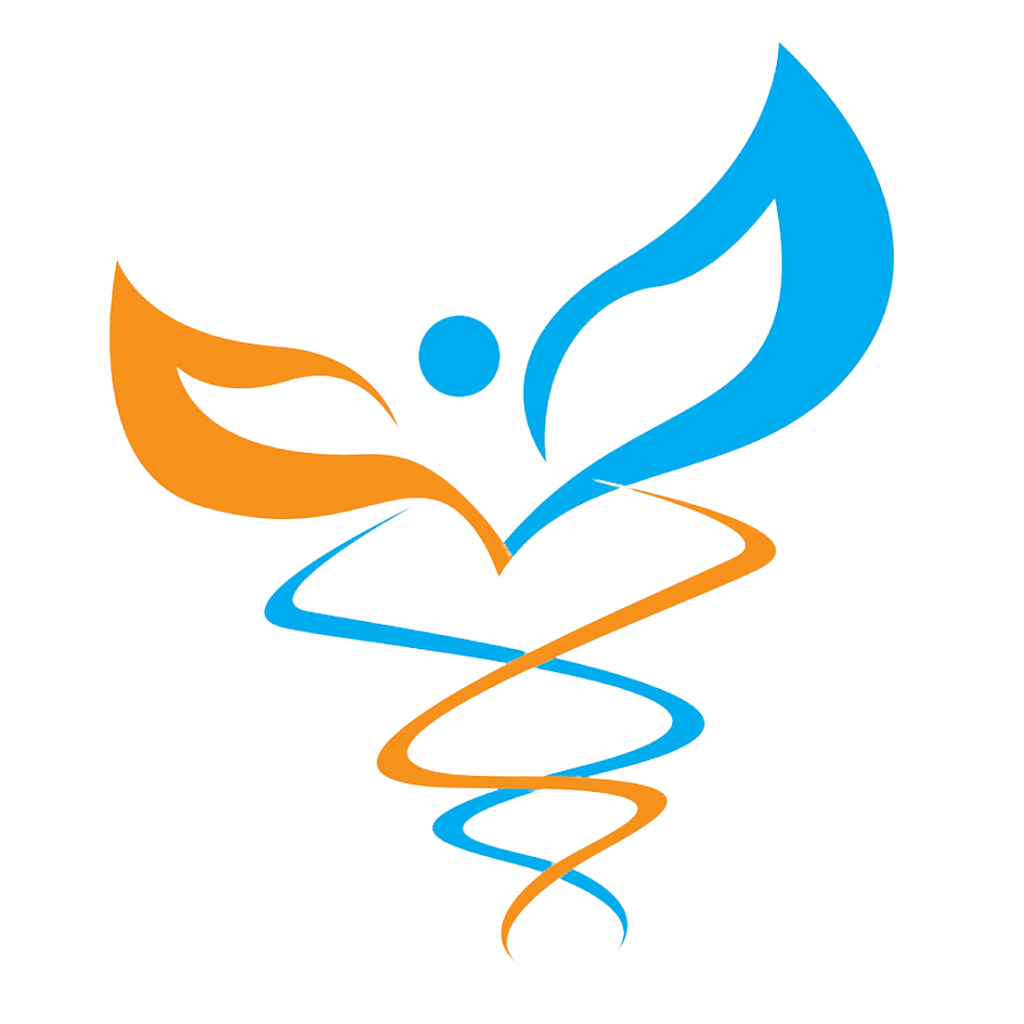Revolutionising NHS Dental Care: The Power of Technology
July 3, 2023
The use of technology in NHS dental services has undergone significant advancements in recent years. These innovations have transformed the way dental treatments are administered, resulting in more efficient, accurate and safer care for patients.
From 3D printing, digital x-rays, CEREC technology, intraoral scanners and laser technology to tele-dentistry and artificial intelligence, the benefits of these technological developments towards NHS dental services cannot be overemphasised.
Diagnostic Capabilities
One major way technology has impacted NHS dental services is through improved diagnostic capabilities. With the advent of digital x-rays, the need for traditional radiographs that use high levels of radiation exposure has been minimised, producing better quality images with safer radiation exposure.
The use of intraoral scanners has also made dental impression taking more accurate and faster, eliminating the need for uncomfortable and time-consuming traditional method.
3D Printing
Another innovative approach to dental services in the NHS is the use of 3D printing. The technology is now being used to create dental devices, including surgical guides, orthodontic aligners, and dental crowns.
This approach allows for increased precision and accuracy in the production of dental devices. Whilst also reducing the time spent on multiple visitations.

CEREC Technology
CEREC (Chairside Economical Restoration of Esthetic Ceramic) technology has also contributed positively to NHS dental care services. Using computer-aided machines, this technology has proven to be time-saving, more accurate, and providing long-lasting results.
Laser Technology
Laser technology has also had a positive impact on NHS dental services. Lasers are now used to eliminate soft tissues, contour gums, and other kinds of gum treatments. Patients require less anaesthetic and experience less pain, with a faster overall healing phase than the traditional approach.
Online Dentistry
The emergence of tele-dentistry, as a result of the global pandemic, has especially become vital, providing remote access to dental care.
Taking advantage of the advances in telecommunication and the internet, dental professionals make use of video conferencing and other digital communication methods to diagnose, prescribe, and recommend treatment plans for patients who need it. This technology is convenient for people with mobility issues, busy schedules, or who require an emergency dentist appointment.

Artificial Intelligence (AI)
Finally, another innovative way technology has impacted NHS dental care services is through artificial intelligence (AI). AI, in dental health, enables dentists to predict and identify potential dental problems more accurately, provide efficient scheduling, generate treatment plans, and predict healthcare costs.
By incorporating these various technological applications, NHS dental services have experienced significant improvements in providing better care and even reducing dental costs for patients.
These technologies help in improving patient outcomes and limiting the amount of time spent on treatments, allowing more patients to be seen within the same period. It also improves the workflow process as paperwork reduces, digitised workflows are more streamlined, and with the aid of AI, healthcare workers can diagnose, plan and predict procedures for a better outcome.
All these innovations allow access to a wider population of patients, with the highest standard of care, complementing the existing NHS dental services.
Conclusion
In conclusion, Technology advancements in NHS dental services have been crucial in providing high-quality, efficient, and affordable care to patients. Dental professionals can use technology to improve diagnoses, offer improved treatments while reducing patient discomfort and pain.
Technology innovations such as 3D printing, digitally enhanced x-rays, CEREC technology, laser treatment, tele-dentistry, and AI have impacted the dental industry significantly with improved patient outcomes, safer treatments, and reducing the strain on existing healthcare systems. As technology continues to support dental practices, one can only imagine the limitless possibilities innovation could create for NHS dental services.



